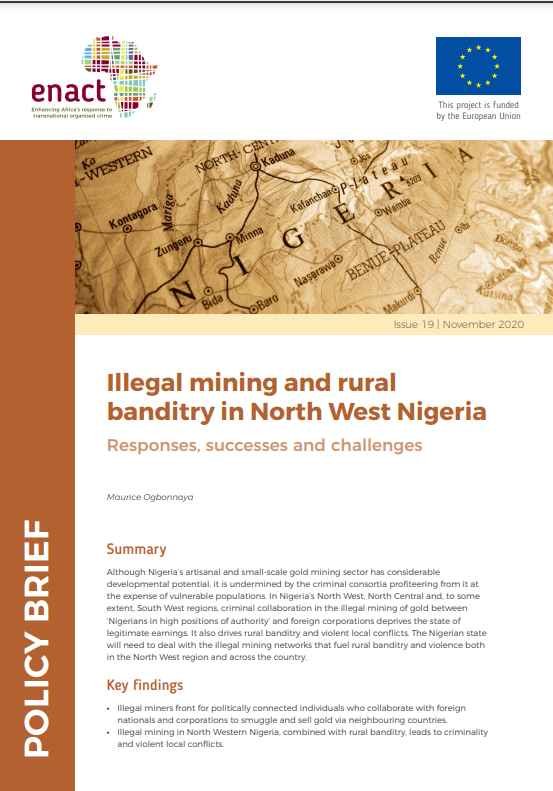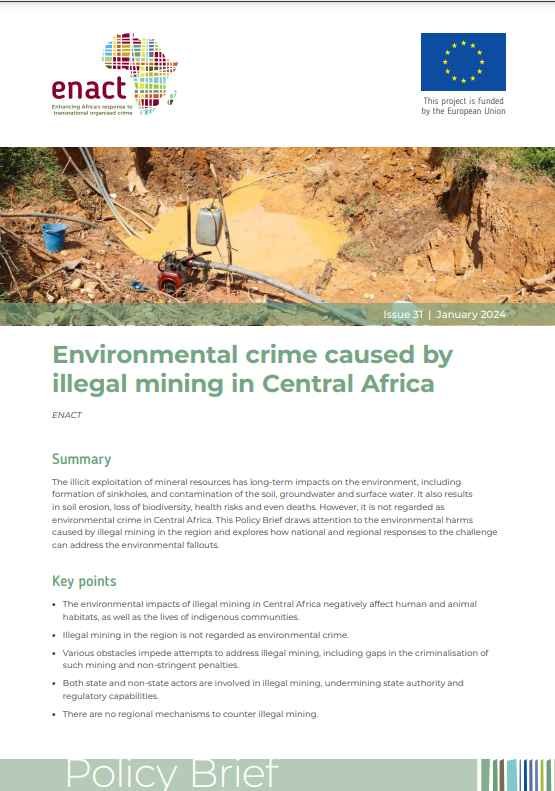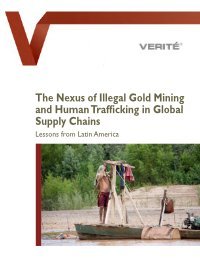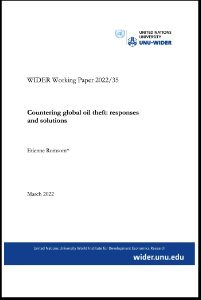By Amazon Watch
This report, developed by Amazon Watch in collaboration with various Indigenous and human rights organizations, addresses the recent security crisis in Ecuador and the impacts of the repressive policies implemented by the government of Daniel Noboa. It highlights the increasing influence of organized crime and illegal mining in the Ecuadorian Amazon. This research exposes how criminal economies not only pose a threat to the livelihoods of Indigenous peoples, Afro-descendant communities, and traditional rural communities by endangering their territorial governance projects and the sustainability of their ways of life, but also severely compromises the ecological integrity of the Amazon. The conclusion contains a series of recommendations aimed at ensuring the rights of the civilian population in the context of the non-international armed conflict recently declared by the national government to address this crisis. It particularly emphasizes the need to provide protection guarantees and establish coordination mechanisms with the organizational structures of Indigenous peoples and nationalities, whose territorial governance projects are at risk. Additionally, it underscores the urgency of strengthening the government’s institutional capacity by developing coordinated actions to halt the advance of illegal economies, declaring the Amazon in a state of emergency, and taking immediate measures to prevent its destruction
Oakland, CA: Amazon Watch, 2024. 24p.


















